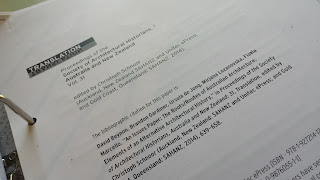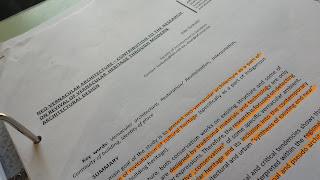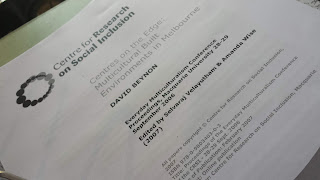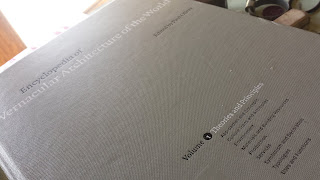REVIEW: David Beynon, Brandon Gardiner, Ursula de Jong, Mirjana Lozanovska, Flavia Marcello, “An issues paper: the roots/routes of Australian Architecture: Elements f Alternative Architectural History,” in Proceedings of the Society of Architectural Historians, Australia and New Zealand: 31, Translation

REVIEW: David Beynon, Brandon Gardiner, Ursula de Jong, Mirjana Lozanovska, Flavia Marcello, “An issues paper: the roots/routes of Australian Architecture: Elements f Alternative Architectural History,” in Proceedings of the Society of Architectural Historians, Australia and New Zealand: 31, Translation Covering three major areas of the development of Australian architecture, and with an attempt to define the ‘Britishness’ of the Australian psyche, through the difficulty of Migrant, and émigré architects to be included in the formulation of the Australian society. In writing that, there is scope to suggest that the émigré architects that were nominated or who through their own prowess obtained high rank in the countries institutions that developed the built environment, there appears to be a reluctance by the authors to support the notion that these weren’t exceptional, nor was there any formal empirical discussion of demographics, looking at the actual population levels. This...






